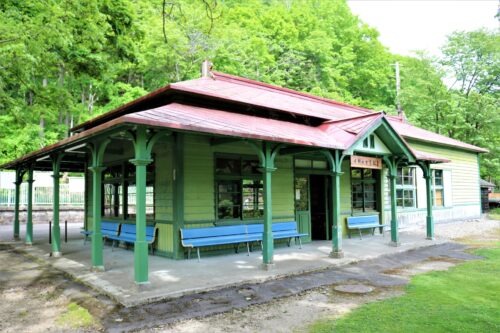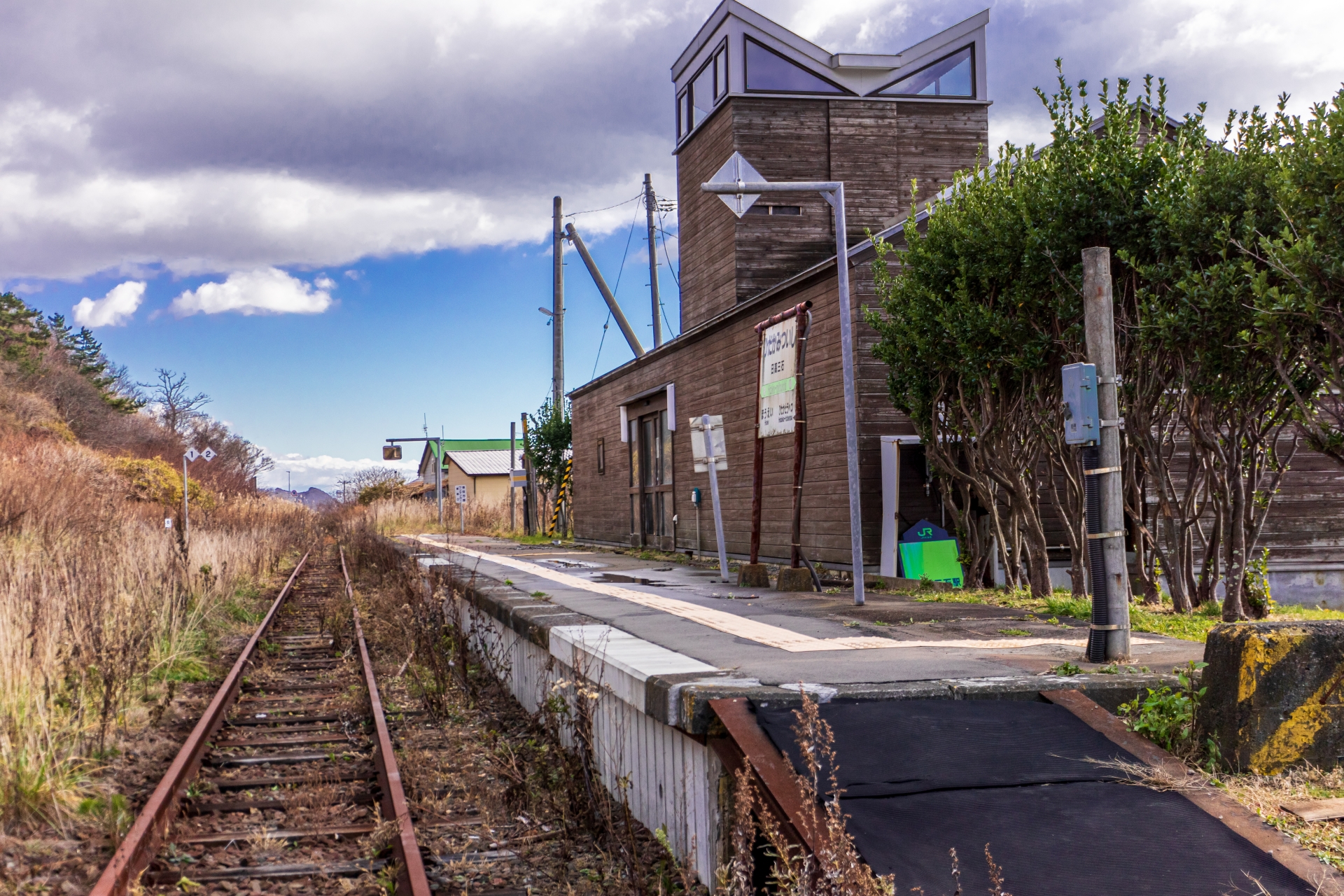The poetry of the “permanent way”
What is the best way to travel? While cars offer freedom and planes offer speed, in Japan, the train remains the undisputed king. In 2020, rail accounted for a staggering 70% of domestic travel. It’s not just about convenience; it’s about a unique kind of romanticism that you can’t find at 30,000 feet.
Have you ever seen them? On the platforms of tiny, rural stations, you’ll often find groups of “rail enthusiasts” standing with cameras equipped with telephoto lenses so massive they look like portable rocket launchers. I once asked one of them, “What is it about trains that fascinates you so much?”
His answer was poetic: “The rails.” Unlike roads, which branch out into infinite, confusing possibilities, rails are a “permanent way.” They stretch visibly and purposefully toward a specific destination. When you look at a track, you aren’t just looking at iron and wood; you are looking at a concrete promise of where you are going.
The beauty of the “ghost stations”
In Hokkaido, however, we are facing a bittersweet reality. We are an automobile society, and our local rail industry is struggling to survive. Since 2014, over 100 stations have been closed, leaving behind a trail of “ghost stations.”
But in Japan, we have a term called Mono no aware—a deep emotional sensitivity to the ephemeral nature of things. These abandoned stations have become accidental sightseeing spots for those who love the beauty of ruins.
Take Kamui-Kotan Station in my hometown, for example. Closed over 50 years ago, it now stands as a silent memorial hall. There is something profoundly moving about a place where the “concrete promise” of the rails has been broken, yet the structure remains, slowly decaying back into the Hokkaido forest. It’s a landscape that invites you to reflect on time itself.
Catch the train while you can

Travel by train in Japan is world-famous for being safe, punctual, and charming. But in the vast wilderness of Hokkaido, this infrastructure may not last forever.
At CondeHouse, we often think about “longevity”—making furniture that lasts for generations. Perhaps that’s why I feel such a strong connection to the railways. They represent a long-term commitment to connecting people and places. I invite you to come and experience the Hokkaido rail while the whistles still echo through the mountains. Lean against the window, watch the forest blur past, and feel the steady rhythm of the rails before they become part of the silent history of the ruins.
Just as a railway line connects two distant points, great design connects the past with the future. Our “Hatsune Miku Art Chair” is a journey in itself. It carries the “permanent way” of traditional Hokkaido craftsmanship, yet it travels toward a bold, digital destination. Like a vintage train car that has been lovingly maintained, this chair is built to last, resisting the “decay” that claims so many modern products. Why not take a seat and join us on this journey? The destination is beautiful, and the ride is incredibly comfortable.


Shungo Ijima
He is travelling around the world. His passion is to explain Japan to the world, from the unique viewpoint accumulated through his career: overseas posting, MBA holder, former official of the Ministry of Finance.

